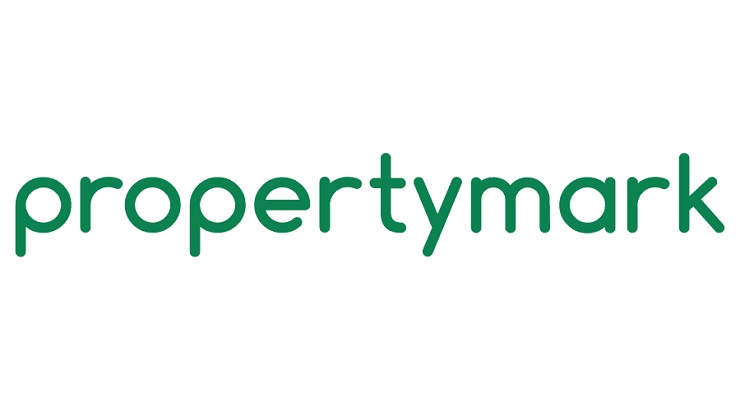3 Solutions for Japanese Knotweed
Japanese knotweed is a notoriously invasive species known for its rapid growth, extensive underground rhizomes, and ability to disrupt ecosystems and property foundations. In the UK, including Ireland, its management is both a practical challenge and a legal responsibility. Homeowners and businesses must not only tackle this persistent plant but also adhere to regulations to avoid its spread. This article outlines three effective solutions to eliminate Japanese knotweed, emphasising the benefits of professional Japanese Knotweed removal services.
1. Herbicide Treatment: A Systematic Approach
Herbicides offer one of the most accessible and widely used methods to control Japanese knotweed. Systemic herbicides, particularly those containing glyphosate, are effective because they penetrate the plant’s leaves and are transported throughout the plant, including the rhizomes. This approach disrupts the plant’s nutrient storage, weakening it over time.
Best Practices for Herbicide Application
1. Timing: Late summer and early autumn are the most effective periods for treatment. During this time, the plant actively moves nutrients to its roots, allowing the herbicide to reach the underground rhizomes.
2. Repeat Applications: Japanese knotweed is notoriously resilient. Multiple applications over several growing seasons are often necessary for complete eradication.
3. Professional Expertise: While herbicides are available for public use, improper application can lead to regrowth or accidental spread. Hiring experienced professionals ensures compliance with environmental regulations and enhances success rates.
Herbicide treatment is often the preferred choice for large infestations where excavation is impractical. However, patience is key, as results may take years to fully materialise.
2. Mechanical Removal: Digging Deep
Mechanical removal involves physically excavating Japanese knotweed, including its extensive root system. While this method provides an immediate solution, it is labour-intensive and must be executed with precision to prevent further spread.
Steps in Mechanical Removal
1. Excavation: The plant’s roots can extend up to 3 metres deep and 7 metres horizontally. Thorough excavation ensures no fragments are left behind, as even the smallest piece can regenerate.
2. Disposal: Japanese knotweed is classified as controlled waste under UK regulations. This means that all plant material, including contaminated soil, must be disposed of at licensed facilities. Improper disposal can lead to fines or legal action.
3. Containment: During excavation, barriers or bund systems are often employed to isolate the knotweed and prevent accidental spread.
Why Choose Professional Services?
Mechanical removal is one of the most effective methods but comes with significant logistical and regulatory challenges. By enlisting Japanese Knotweed removal services, property owners can ensure that the process is handled efficiently and in compliance with the law. Professionals also have access to specialised equipment, reducing the risk of contamination.
3. Integrated Control and Monitoring: The Long-Term Strategy
For many infestations, an integrated approach that combines herbicide treatment, mechanical removal, and ongoing monitoring provides the best long-term solution. This method is particularly beneficial for properties where complete eradication is critical, such as development sites or areas prone to legal disputes.
How Integrated Control Works
1. Initial Herbicide Treatment: Weakening the plant with herbicide applications makes mechanical removal easier and more effective.
2. Excavation: Once the plant is weakened, excavation removes any remaining rhizomes.
3. Monitoring and Maintenance: Regular inspections ensure any regrowth is identified and managed quickly. This step is vital, as Japanese knotweed can remain dormant for extended periods before re-emerging.
Integrated control is highly effective but requires a tailored approach based on the size and location of the infestation. Professional services play a crucial role here, offering bespoke solutions and peace of mind for property owners.
The Importance of Professional Services
Tackling Japanese knotweed is no small task. The plant’s ability to spread through tiny root fragments and its classification as controlled waste make DIY methods risky and often ineffective. Professional Japanese Knotweed removal services offer several advantages:
1. Compliance: Experts ensure all actions align with local laws and environmental regulations.
2. Effectiveness: With access to advanced techniques and equipment, professionals achieve results that are difficult to replicate with DIY methods.
3. Guarantees: Many services include monitoring and guarantees, providing long-term protection against regrowth.
4. Cost-Effectiveness: While upfront costs may seem high, professional removal often saves money in the long run by preventing property damage and legal disputes.
Restoring the Area After Removal
Once Japanese knotweed has been eradicated, attention should turn to restoring the affected area. This may include:
1. Soil Remediation: Adding organic matter and nutrients to revitalise the soil.
2. Replanting with Native Species: Introducing plants that enhance biodiversity and prevent other invasive species from establishing.
3. Regular Monitoring: Continued vigilance ensures that any regrowth is promptly addressed.
Japanese knotweed is a formidable adversary, but with the right strategies, it can be effectively managed and eliminated. Whether through herbicide treatment, mechanical removal, or an integrated approach, addressing this invasive species requires expertise and persistence. For the best results, property owners should consider professional Japanese Knotweed removal services, ensuring that the process is efficient, compliant, and tailored to their specific needs. By taking proactive steps, homeowners and businesses can protect their properties and contribute to the preservation of local ecosystems.









